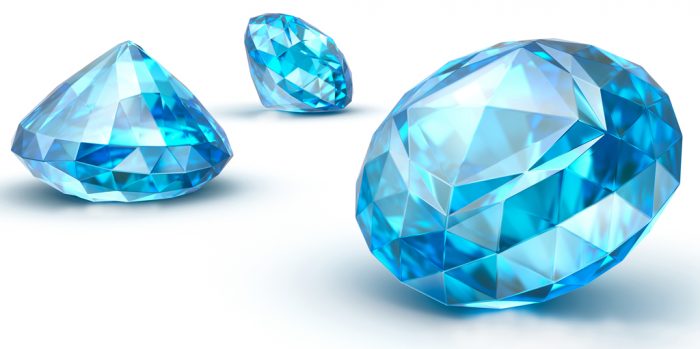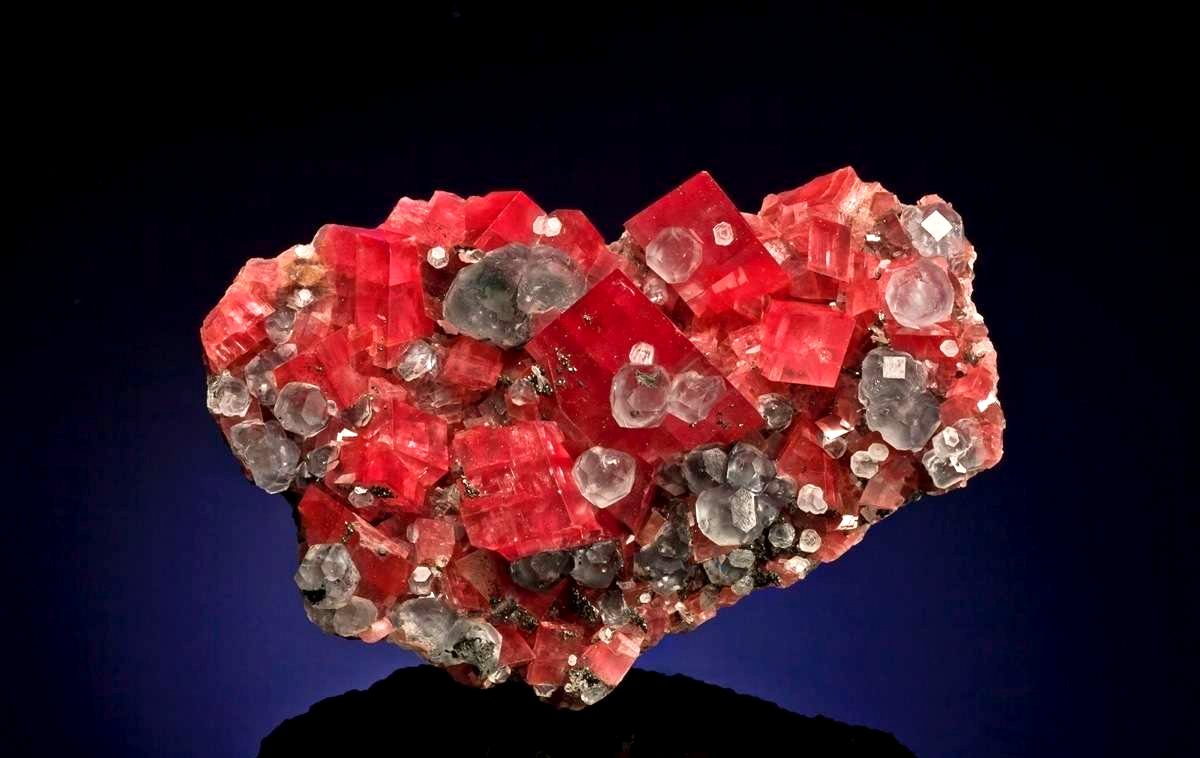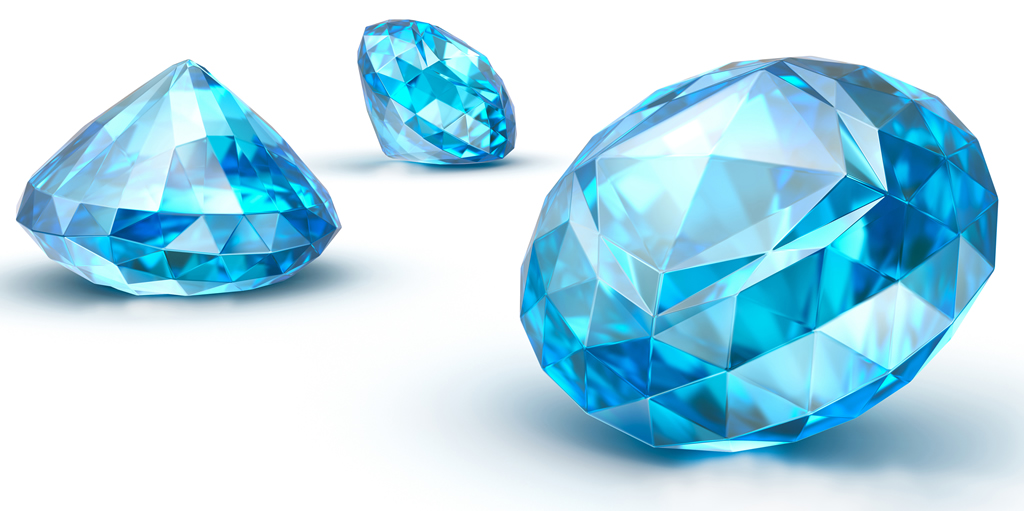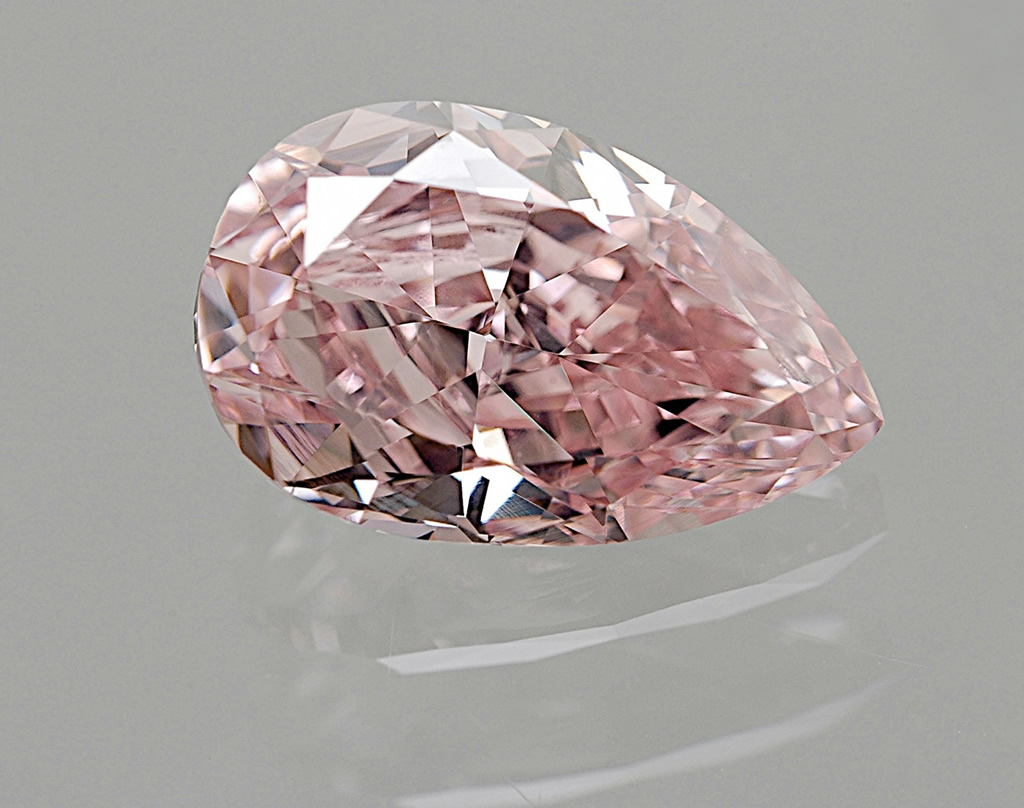Natural, synthetic and artificial stones. What is it all about?

In today’s jewelry market, we can find natural stones and synthetic gemstones created in the laboratory. In addition, there is a group of man-made stones.
What are the differences between natural and synthetic stones? How do artificial stones relate to them?
Natural stones are a nature-born, valuable and unique natural product. They never look the same, do not have the same color, shade or shape. This is why they are so unique. They are one of a kind. If you’ve ever held a natural larimar, amber or agate in your hands, you cannot doubt that it is a real work of art created by mother-nature.
Synthetic stones, on the other hand, are stones created by man in the manner of the natural ones. They have a similar chemical composition and exactly the same physical and chemical properties as the natural ones. Due to its rarity, price and unusual properties, which are also useful in other areas than jewelry craft, we have been searching for ways to create noble crystals in laboratories for ages. The synthesis of corundum (rubies and sapphires) was developed in the nineteenth century and was quickly refined to give cheap crystals. The first diamond synthesis (in 1954) with a jewelry value were close to the price of natural diamonds. However, development in this area is progressing quite rapidly and cheaper and more efficient technologies are emerging. Not too long ago, some of the syntheses have not been developed yet. For example, there was no synthetic opal and alexandrite. Today, they exist and are functioning on the market as cheap substitutes for natural stones. Therefore, we have synthetic diamonds, rubies, sapphires, emeralds, amethysts, and actually nowadays, we can synthesize all jewels.
Artificial stones differ from the above in that they have no counterpart in nature. They are, for example, zirconia, moissanite. They have features that qualify them to be jewelry stones but nature has not created anything of such chemical composition and physical parameters. Cubic zirconia can appear in many colors and imitate many natural stones. Moissanite is the best known imitation diamond yet.
How to distinguish between natural and synthetic stones? You really need a skilled eye specialist armed with a magnifying glass or microscope. It is judged by the internal structure of the stone and its inclusions. However, in the case of synthetic diamonds, this is not sufficient. Only well-equipped gemological laboratories are able to carry out 100% diagnostics. It happens that international institutes obtain diamonds for certification, purchased by natural diamond trading companies, and these turn out to be synthetics. The conclusion is that there are situations when the seller sells the synthetic stone as a natural stone in good faith.
The second question are all methods that improve the quality of stones. These stones are said to be treated or corrected. Here, we also need an expert eye. There are treatments that are generally accepted and are not considered to be disqualifying. Of course it makes the price more affordable, but in fact most (90%) of the stones in the market are subjected to such treatments. For example: rubies are heated for permanent color and purity improvement. Same goes for sapphires. Tanzanites are also heated for similar reasons, and emeralds are oiled. Stones of good quality, not subjected to these treatments, are valuable specimens.
Other methods that are not considered acceptable and significantly reduce the price of stones include: filling rubies with glass, covering of tourmalines with titanium, laser etching of diamonds, acid etching, radiation for color enhancement, etc.
What to do? You have to ask. Then, we can have an orientation of whether the seller has the right knowledge. Buy in credible places and pay attention to the price and appearance of the stones. Ideal color, no inclusions and bargain price should alert us. We can be certain when the stone is certified by a recognized laboratory.
















